Advanced Search
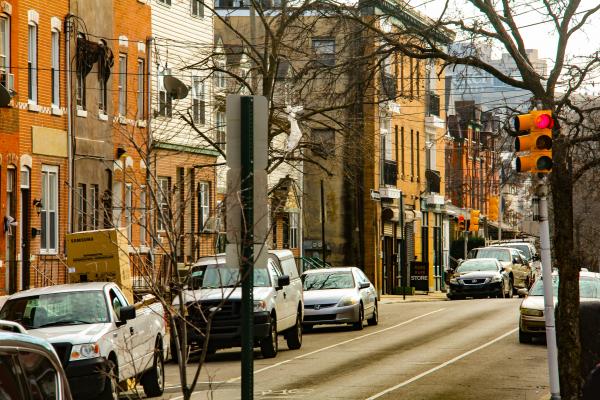
In the decades after World War II, Mantua was a poor majority-African American neighborhood in West Philadelphia’s northeastern section. In the 1980s, Mantua Against Drugs worked to halt the spread of crack cocaine in this neighborhood.
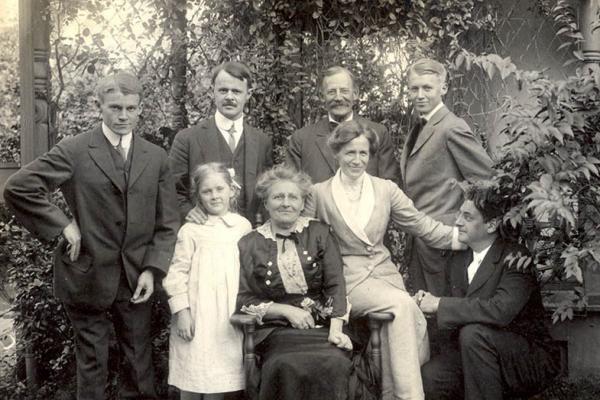
Hannah Kent Schoff, a resident of Powelton for some 60 years, is known for her leadership of the campaign to establish a juvenile court system in Philadelphia; and for her leadership role in establishing the Parent Teacher Association (PTA) as a national organization with state affiliates.

Hannah Kent Schoff (seated front), whom the Philadelphia Inquirer called the "'mother' of [the] nation's organized mothers," and her family.
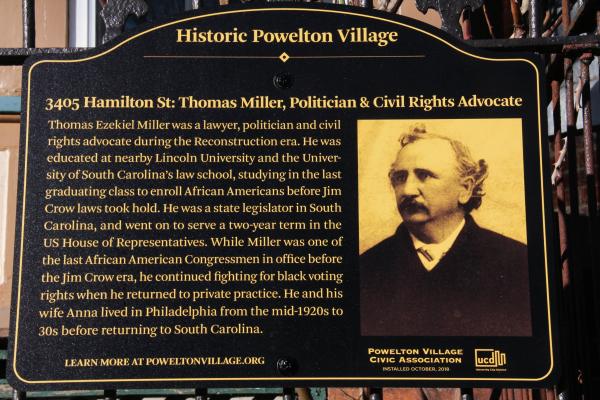
Thomas E. Miller made his mark in history in South Carolina, where he bravely served as a four-time black legislator and one-time representative to the U.S. House between the Reconstruction and Jim Crow eras. Miller spent at least a decade of his later life in the Powelton neighborhood.
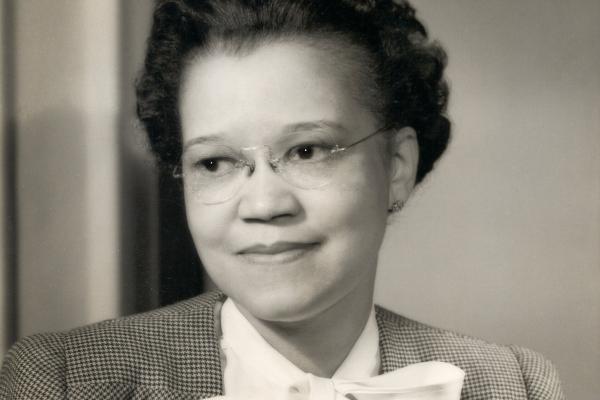
Sadie Tanner Mossell Alexander was a distinguished Philadelphian and Penn alumna who was the first African American woman in the United States to receive a Ph.D. degree in economics. West Philadelphia’s splendid Penn Alexander Partnership School is named in her honor.
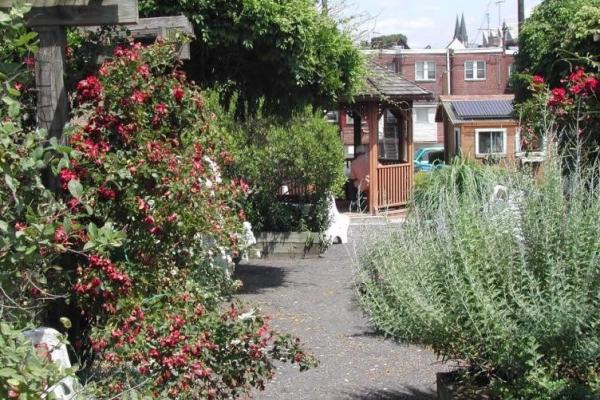
Since 1987, Anne Whiston Spirn, a renowned landscape historian, first at the University of Pennsylvania, now at the Massachusetts Institute of Technology (MIT), has been actively involved with her students, West Philadelphia community allies, and the Philadelphia Water Department in studying the Mill Creek watershed and helping to develop reclamation and education programs in the Mill Creek neighborhood; her initiative is called the West Philadelphia Landscape Project.
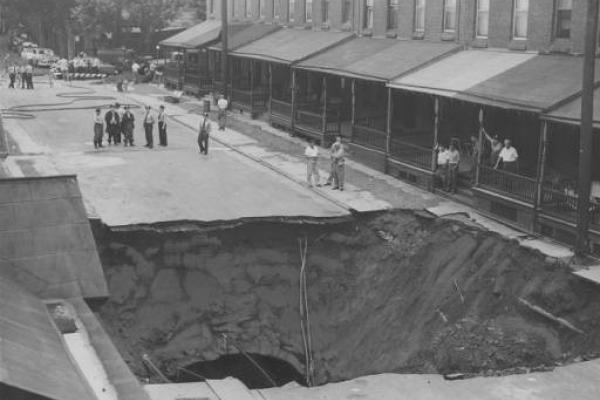
In the 20th century, with the development of one suburb after another, the “built landscape” of West Philadelphia deposited unmanageable amounts of wastewater in the Mill Creek sewer, which, under severe pressure, periodically overflowed and, more disastrously, collapsed.
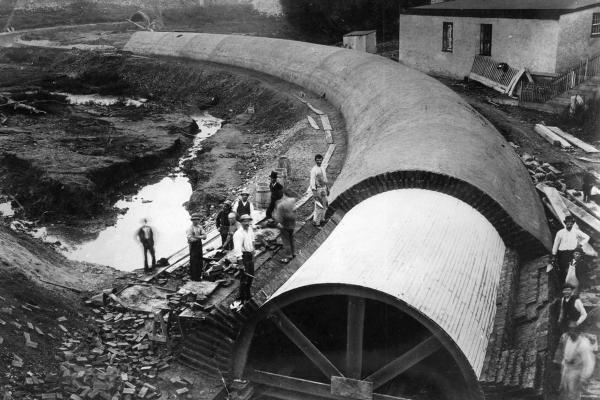
In the early 19th century, textile mills arose along Mill Creek. The late 19th century saw the “burial” of the creek in a culverted sewer, which extended from the future intersection of City Line Avenue near 63rd Street to the Schuylkill River below Baltimore Avenue.
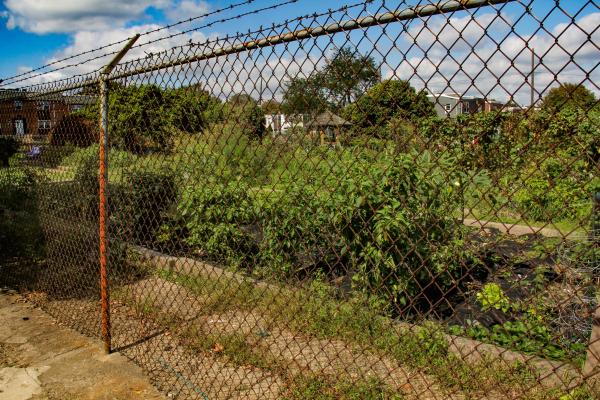
Mill Creek, once a power source for various mills, achieved notoriety in the 20th century as an underground culverted sewer and submerged floodplain that wreaked havoc with the West Philadelphia landscape.


